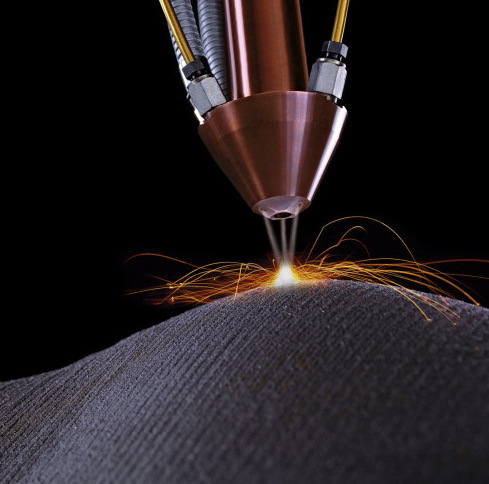How 3D printing is embedded in the production process

3D printing every day becomes more in demand in the life of modern man and this is not surprising! Thanks to the latest technologies, it is actively used in industry, in various sectors of industry, instrument making, medicine and other industries.
3D printing opens up tremendous opportunities for evaluating the ergonomics of the future product, and also allows you to identify its functionality and capabilities. In addition, it gives creators a chance to identify the presence of possible hidden errors, before putting the product on sale.
')
Thus, the use of 3D printing significantly saves money and time, reducing the production cycle.
Today we will share with you how, with our help, KORTEK uses 3D printing in its production process.
The company is engaged in the development, production and maintenance of analytical equipment (instruments for chemical analysis), mainly spectral instruments.
Products made by 3D-technology, are used in serial devices as a body (for small nodes) and structural elements.
The task was to print a special prototype case for a serial product.
For this, the customer, through consultation, has mastered the basics of modeling for 3D printing and created a 3D model in the STL format.

This is how the 3D model looks before being sent to 3D printing. In manual mode, I check all its parameters and preparedness for the production process from the selected material
The material is durable and flexible plastic (polyamide) for 3D printing using SLS technology chosen because of the successful combination of material properties and the lack of restrictions on the shape of products. Unfortunately for serial production, larger parts, which could also be made using this technology, turn out to be too expensive and cannot withstand the competition with casting into silicone molds.

The product in a disassembled form, immediately after 3D printing
After all parts of the case have been printed, they must be painted black. Polyamide is dyed by etching (saturation with pigment, by treatment with a chemical solution)

Collected and painted product
When the body of durable and flexible plastic is completely dry after pickling, it can be assembled and used for intended purposes.
This is how the assembled case looks like with a special product:

On the finished model of the object, it is possible to carry out the necessary tests and tests even before its final version is ready. In addition, prototypes provide the opportunity to conduct such tests that will not be possible on an already finished product version.

Photo of a serial product (sensor-identifier of a gas burner) in a housing made of durable and flexible plastic
Currently, 3D printing allows high-quality products. More than 30 materials are available, from plastics to powder steel, which makes it possible to literally cover all the needs of various industrial and domestic spheres, where technology significantly helps save time and money.
In order to facilitate the entire process of evaluating and ordering the production of any parts, we have developed an online system for estimating and correcting the 3D models that are uploaded to our website. Thus, regardless of your skills, you can quickly estimate the cost, production time and make online payment for your order.
We are pleased to continue sharing with you the experience of introducing 3D printing in various areas and industries! Stay tuned!
Source: https://habr.com/ru/post/376003/
All Articles